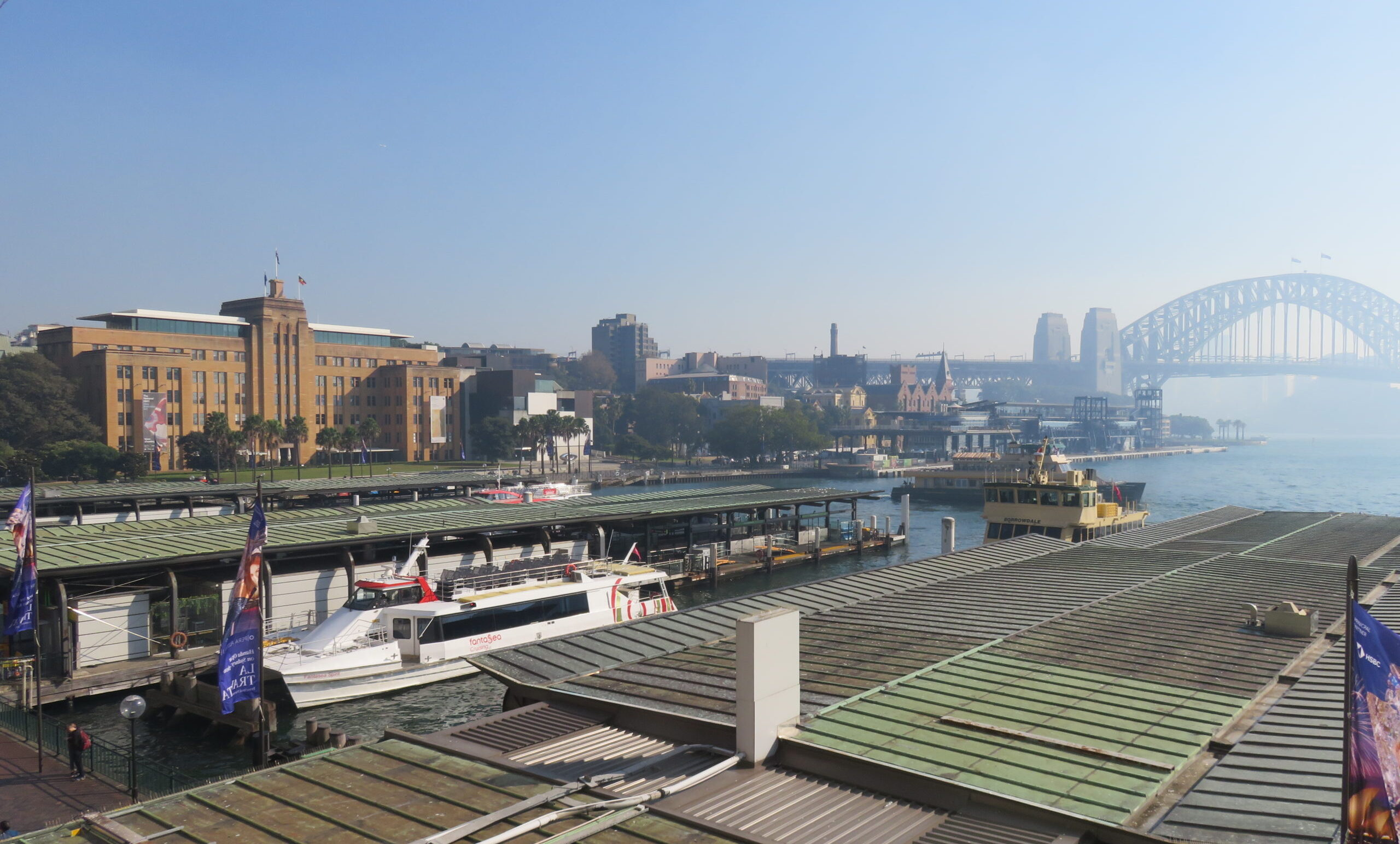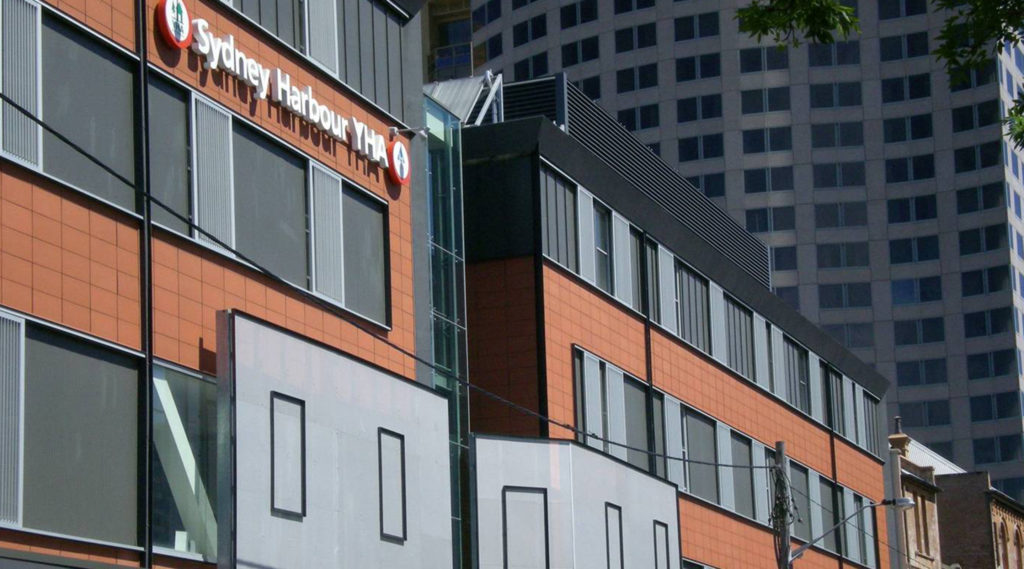
The Rocks Heritage Disaster Risk Management Strategy
Heritage Disaster Risk Management Strategy
Place Management NSW (PMNSW) in collaboration with Strategic Planning and Heritage, Placemaking NSW
The Rocks, Sydney
The Rocks is a place of exceptional cultural significance. Its rich heritage and harbourside location attract millions of tourists every year.
GML prepared a landmark heritage disaster risk management strategy (HDRMS) to provide property owners/managers within The Rocks with a framework to assess and mitigate disaster risks and their potential impacts on the heritage significance of the precinct. This HDRMS was the first of its kind for a historic urban precinct in Australia.
The overarching purpose of this HDRMS was to protect the heritage of The Rocks, and to maintain its heritage values. Because disaster risk management is not the responsibility of just one agency or property owner, but rather relies on collaboration between multiple stakeholders, the HDRMS was developed in close consultation with a variety of stakeholders including property owners, tenants, emergency services, government agencies, business owners and tourism operators. All have responsibilities for managing disaster risks and responding to any disaster that occurs within the precinct.
A broad range of natural and human hazards of varying scales were identified through: a review of historical data, local hazard and risk studies, and academic research; consultation with emergency services and PMNSW staff; and visual inspection of the precinct. A multi-hazard approach to risk assessment was adopted, and applied to small-scale and localised events (ie affecting one building, part of a building or a significant collection) through to large-scale, high impact disasters affecting an entire city block or the whole precinct that may have substantial economic, environmental and social consequences for The Rocks.
Natural and human hazards contributing to high probability and high impact risks were identified as high priority for early treatment. Risk multipliers such as climate change, tides, building condition and street clutter were also identified. The HDRMS also provided an implementation plan which includes mitigation strategies and actions to address disaster risk before, during and after any potential disaster.



